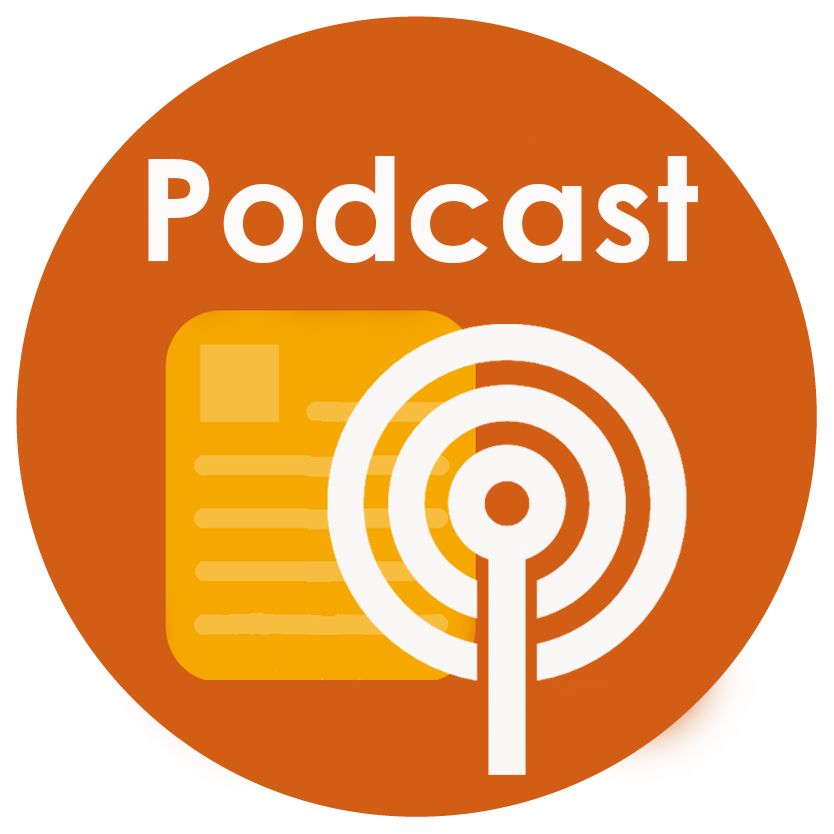
Volume XLIII, No. 22 | June 17, 2021
Acknowledging Student Identities and Addressing Biases to Implement Culturally Responsive Teaching
It is the educator’s responsibility to make students feel included in the classroom. One way to do this is by addressing students’ unique identities. Personal experiences and social-cultural experiences shape identities. Personal experiences may revolve around race, ethnicity, nationality, gender, sex, and class. Socio-cultural experiences may revolve around shared values, customs, language, and schooling. The reality is that there is a growing challenge for colleges and universities to become more equitable and inclusive in their approach to instruction and student support.
Students’ identities influence their worldview and help shape how they learn and how they experience learning. One way instructors can bring identity to the forefront of the classroom is by making use of identity charts to deepen students’ understanding of themselves, groups, nations, and historical and literary figures. These charts help students build relationships with one another and break down stereotypes.
However, many educators take on a mindset of, “When am I going to have the time to do this?” They may view addressing identities and biases as one more thing to do on top of an already busy workload, but it’s not; it just takes some updating of your old practices to address these concerns. You can have students create personal identity charts on the first day of class to build community, by responding to the simple yet profound question: “Who am I?” Instructors can also assign a literary character analysis or have students create an identity chart for an individual, group, or nation as a reading assignment. Ask students to write the name of the character, figure, group, or nation in the center of the piece of paper. Then, have students look for evidence that helps them answer the question: “Who is this person/group?”
If you find that your students are stuck, ask them what factors shape their identity. For example, you could ask them what parts of their identity they chose for themselves and what aspects of their identity were determined by other people or society.
Instructors should shy away from labeling units by group (e.g., “Asian Studies Week”). Instead, focus units on specific topics or themes. Students should see other people and groups as having similarities, including common feelings, experiences, beliefs, and stories. They should not read about a particular group of people for only one week in the term and know when it’s coming, which creates an isolated experience or otherness between groups.
An example from my own course is a unit based on class issues, with authors of different age groups and sexes. The students write a rhetorical analysis of one of the assigned texts of their choice, such as Well Behaved Women Seldom Make History (Thatcher), Changing the Face of Poverty (George), and Homeless on Campus (Bader). Another unit’s theme is language and literacy, during which students write a comparative analysis essay based on the readings provided. In this case, all the authors are women, but they are from different racial, ethnic, and socioeconomic backgrounds, as stated in their bios. The reading selections include Se Habla Espanol (Barrientos), Mother Tongue (Tan), and Write or Wrong Identity (Vallowe).
Great instructors, educators, and teachers are reflective. Use the following checklist if you find yourself asking, “How did this learning experience create value for students, and was it perceived as authentic to real-world experiences?”
- Course assignments supported valuing and identifying learning.
- The purpose of the lessons was clearly communicated.
- The criteria for excellence in the final assessment/assignment were clearly communicated.
- Progress was continually assessed to provide feedback on individual growth.
- Opportunities were created for students to make explicit connections between their learning and the real world.
- Opportunities were provided for students to assess their learning and to reflect on their growth as learners.
Myrberline Saint-Pierre, Adjunct Instructor
For more information, contact the author at Hudson County Community College, msaint-pierre@hccc.edu.
Please review Writing an Innovation Abstracts if you are interested in authoring an Innovation Abstracts for NISOD.



